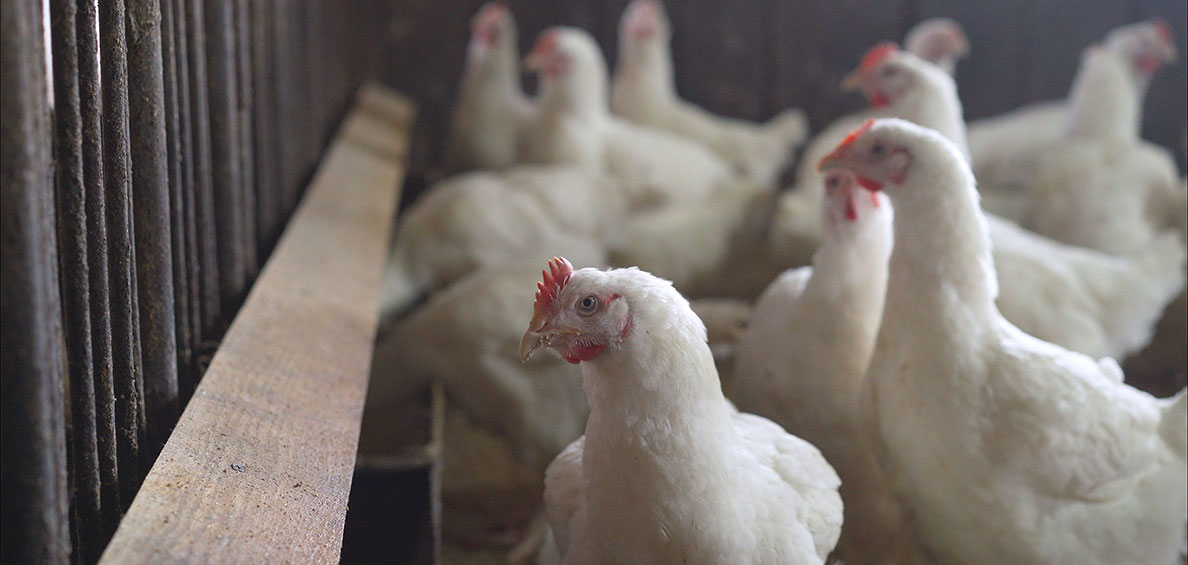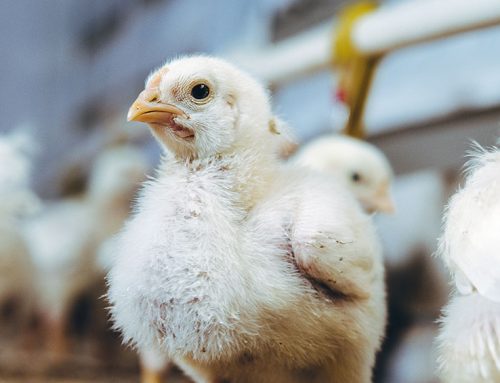There are a number of things that could go wrong in your broiler house which could negatively influence the performance of your birds. Luckily there are also easy solutions to these problems. Here we look at some problems and their solutions.
Problem:
My broilers are exhibiting blisters on their legs, feet and breasts.
Solution:
Only about 20% of the water that a broiler drinks is retained by the body, the rest is excreted into the litter. Dirty litter presents a problem due to the levels of ammonia in it and may result in blisters on the feet and legs of your broilers, as well as their breasts if they are lying on the soiled litter. Care should be taken to remove unnecessarily wet or spoiled litter from the broiler house.
Problem:
My broilers are showing signs of leg problems.
Solution:
Leg problems are very common in broilers, especially with heavier breeds that grow excessively fast. Due to the housing that broilers are kept in, they also have little chance of getting exercise. Broilers that have leg problems or show signs of crippling may struggle to walk and may have decreased feed conversion and lowered growth. Because these issues could come about as a result of genetics it is always important that you source your chicks from reputable breeders. It is also vitally important that the correct feed is provided to your flock, both in quality and in quantity so that your birds do not grow too fast for their frames to handle.
Problem:
My broilers are showing signs of water belly (ascites)
Solution:
Broilers affected with water belly may be reluctant to move and seem restless or listless. These birds may have slightly distended abdomens and are usually also smaller than the others and have pale yellow fluid in the abdominal cavity when examined postmortem.
There are a number of factors that could contribute to your broilers developing water belly, but the condition itself is not contagious. Factors like temperature, ventilation, litter management and feed management are important in reducing broilers with water belly. These factors need to be kept stable and adequate for each of the physiological stages.
Solution:
Sudden death syndrome, also known as flip-overs, in broilers are a result of rapid growth taking place in young, growing chickens. Although the exact cause is unknown, it is thought that significant stress is placed on the affected bird’s heart, causing it to “pop”. Most birds flip over onto their backs, resulting in the te
Problem:
I am experiencing flip-overs (sudden death syndrome) in my broiler house.
Solution:
The amount of flip-overs in your flock can be reduced by reducing their growth rate, especially in the first couple weeks. This can be easily managed through careful feed and nutrition management.
Problem:
My broilers aren’t drinking enough water.
Solution:
The intake of water will directly affect the amount of feed that a broiler is consuming. If your flock is drinking too little water then chances are that they are also eating too little feed. Water that is provided to your flock should always be clean, cool and not taste of pollutants or contaminants. Enough drinkers should be available to the number of broilers in the house, and these drinkers should be at the correct height for your flock to easily reach.
If your flock is showing any of the above signs, or you are concerned about a different management of nutritional factors, your Epol Technical Advisor will be able to assist. Find your technical advisor here:







I have recently started a broiler farming business I need assistance regarding feed supply and poultry management . I am based in Cathcart Eastern Cape
My broilers they’ve got legs problem and twisted neck and they feathers are up some stand in one place and they are not eating